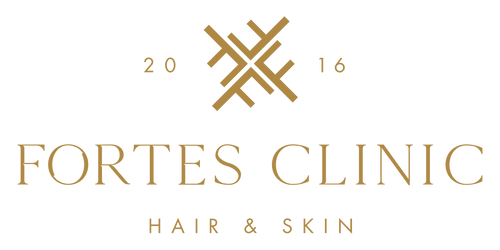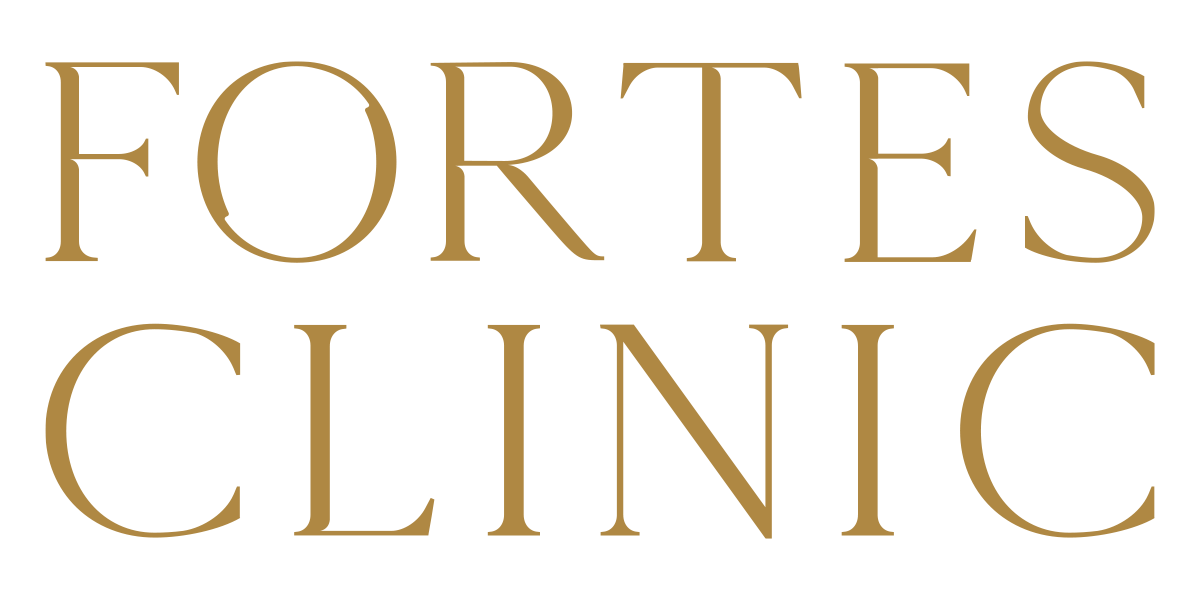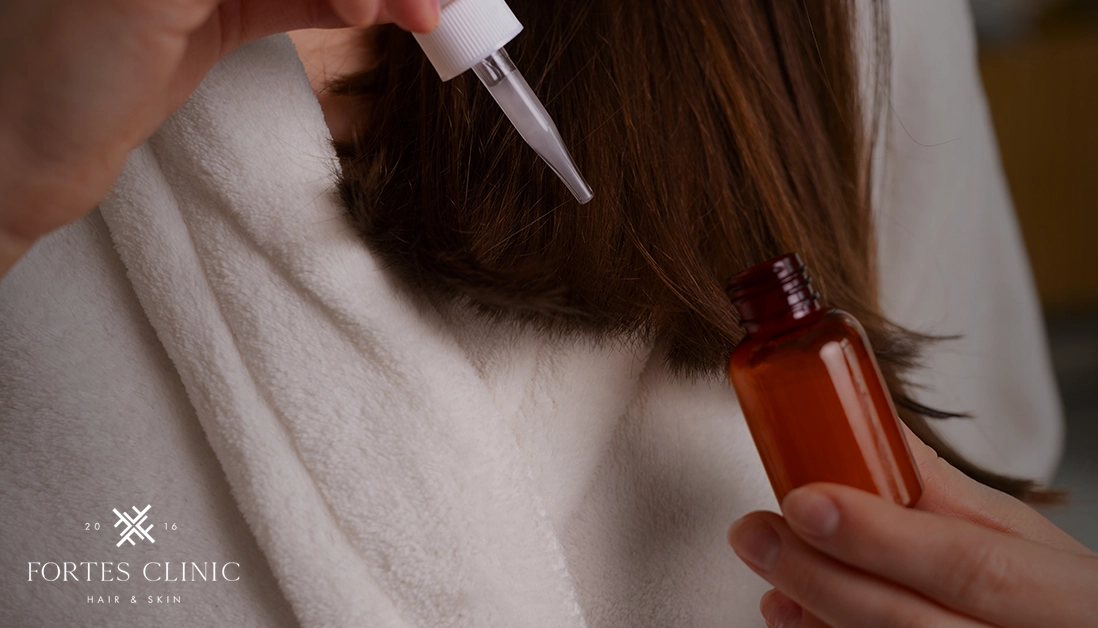Does Minoxidil Work: An Introduction
In the quest for solutions to hair loss, a name that frequently surfaces is minoxidil. Originating as a treatment for another condition entirely, minoxidil has evolved into a widely recognised hair loss remedy. This article delves into the effectiveness of minoxidil, shedding light on how it works, its use, and the realities of its outcomes. Whether you’re considering minoxidil as a treatment option or simply curious about its capabilities, our comprehensive exploration offers insights and answers to the pressing question: Does minoxidil work?
Minoxidil’s journey from a blood pressure medication to a hair growth stimulant is as intriguing as it is informative. Its transformation highlights the serendipity often found in medical advancements. As we unravel the story of minoxidil, we aim to provide a clear, unbiased perspective on its effectiveness, supported by scientific studies, user experiences, and expert opinions.
What is Minoxidil?
At its core, minoxidil is a medication known for its ability to stimulate hair growth and slow balding. But what exactly is this compound, and how did it come to be a cornerstone in the battle against hair loss?
Historical Background
Minoxidil was initially developed in the 1950s as a treatment for ulcers. However, it was not effective for this purpose. In the 1960s, researchers discovered its potential as an oral medication for treating high blood pressure. During these treatments, an interesting side effect was observed: patients experienced significant hair growth. This unexpected result sparked a new line of research and development, leading to the topical formulation we know today, specifically targeting hair loss.
How Minoxidil Works
Understanding the mechanics of minoxidil is crucial to appreciating its role in hair loss treatment.
Scientific Explanation
Minoxidil is a vasodilator, meaning it widens blood vessels and opens potassium channels. When applied to the scalp, it enhances blood flow to hair follicles. This increased circulation provides more oxygen, blood, and nutrients to the follicles, which can improve hair growth and revitalise weakened hairs. However, the exact molecular mechanisms underlying its effect on hair growth are still not fully understood.
Application Methods
Minoxidil is commonly available in two forms: topical minoxidil and foam minoxidil. Both are applied directly to the scalp. The solution typically comes in two concentrations, 2% and 5%, with the higher concentration generally recommended for men. The foam version, often preferred for its ease of application and less greasy texture, has become popular among users who are sensitive to the liquid solution’s propylene glycol content.
Efficacy of Minoxidil
When it comes to treating hair loss, the effectiveness of a product is paramount. This section examines the efficacy of minoxidil in combating hair thinning and promoting regrowth.
Minoxidil for Hair Loss
Minoxidil has gained acclaim for its role in addressing hair loss, specifically in cases of androgenetic alopecia, commonly known as male or female pattern baldness. This condition is characterised by a gradual thinning of hair, often resulting in a receding hairline or balding at the crown in men, and thinning hair across the scalp in women.
Clinical Studies and Results
Numerous clinical studies have been conducted to ascertain the effectiveness of minoxidil. A significant proportion of these studies indicate that minoxidil can successfully stimulate hair growth in both men and women. The results often show that the 5% concentration is more effective than the 2%, particularly for men. It’s important to note that results can vary, and the treatment works best in the early stages of hair loss.
User Testimonials and Experiences
Anecdotal evidence and user testimonials further support the effectiveness of minoxidil. Many users report a decrease in hair loss and an increase in hair density after consistent use. However, it’s worth mentioning that experiences can differ greatly from person to person, and some may not see the desired results.
Minoxidil for Other Uses
While its primary use is for treating pattern baldness, minoxidil has also been explored for other types of hair loss.
Research on Other Applications
Studies have shown that minoxidil can be effective in treating conditions like alopecia areata, an autoimmune disorder that causes patchy hair loss. There’s also growing interest in its potential to enhance beard growth, though more research is needed in this area.
How to Use Minoxidil
For those considering minoxidil as a hair loss treatment, understanding its proper use and associated safety precautions is crucial. This section outlines the recommended practices for applying minoxidil and highlights important safety information.
Dosage and Application
Minoxidil is available over-the-counter in two main strengths: 2% and 5%. The general recommendation for men is the 5% concentration, while women are often advised to start with the 2% solution.
- Application Process: The solution or foam should be applied to a dry scalp and hair. Users are typically advised to apply it twice daily, in the morning and at night, ensuring that the scalp is clean before each application.
- Quantity: It’s important to adhere to the recommended dose, which is usually 1ml of the solution or half a capful of foam, applied directly to the areas of the scalp experiencing thinning.
- Consistency: For optimal results, regular and consistent application is key. It may take several months to notice any changes, and discontinuing the treatment can reverse the benefits.
Safety and Precautions
While minoxidil is generally safe, there are several considerations and potential side effects to be aware of.
Possible Side Effects
Common side effects of minoxidil include scalp irritation, itching, and sometimes dryness or flaking. More serious, but less common side effects can include unwanted facial hair growth, particularly in women, and rapid heart rate.
Contraindications and Warnings
Minoxidil should not be used by individuals with certain medical conditions, such as heart disease, without consulting a doctor. It’s also not recommended for pregnant or breastfeeding women. If any serious side effects are experienced, users should stop the treatment and seek medical advice.
Contact Fortes Clinic for Expert Hair Loss Advice
At Fortes Clinic, we understand that navigating the world of hair loss treatments can be overwhelming. That’s why we’re committed to providing personalised care and expert guidance to help you make informed decisions about your hair health.
Why Choose Fortes Clinic?
- Personalised Care: Every individual’s hair loss journey is unique. Our team of experts takes the time to understand your specific needs and concerns, offering tailored solutions that best suit your situation.
- Expertise and Experience: Our clinic is staffed by professionals who specialise in hair health. With years of experience and a deep understanding of the latest treatments and technologies, we’re well-equipped to address your hair loss effectively.
- Comprehensive Consultation: We believe in a thorough approach. Our consultations involve a detailed assessment of your hair loss, discussion of various treatment options, and answers to all your questions, ensuring you feel confident and informed.
Book Your Consultation Today
Whether you’re considering minoxidil, exploring other treatments, or simply seeking advice on hair care, Fortes Clinic is here to support you. Booking a consultation is the first step towards reclaiming your confidence and finding the right solution for your hair loss. Speak to an expert today.



